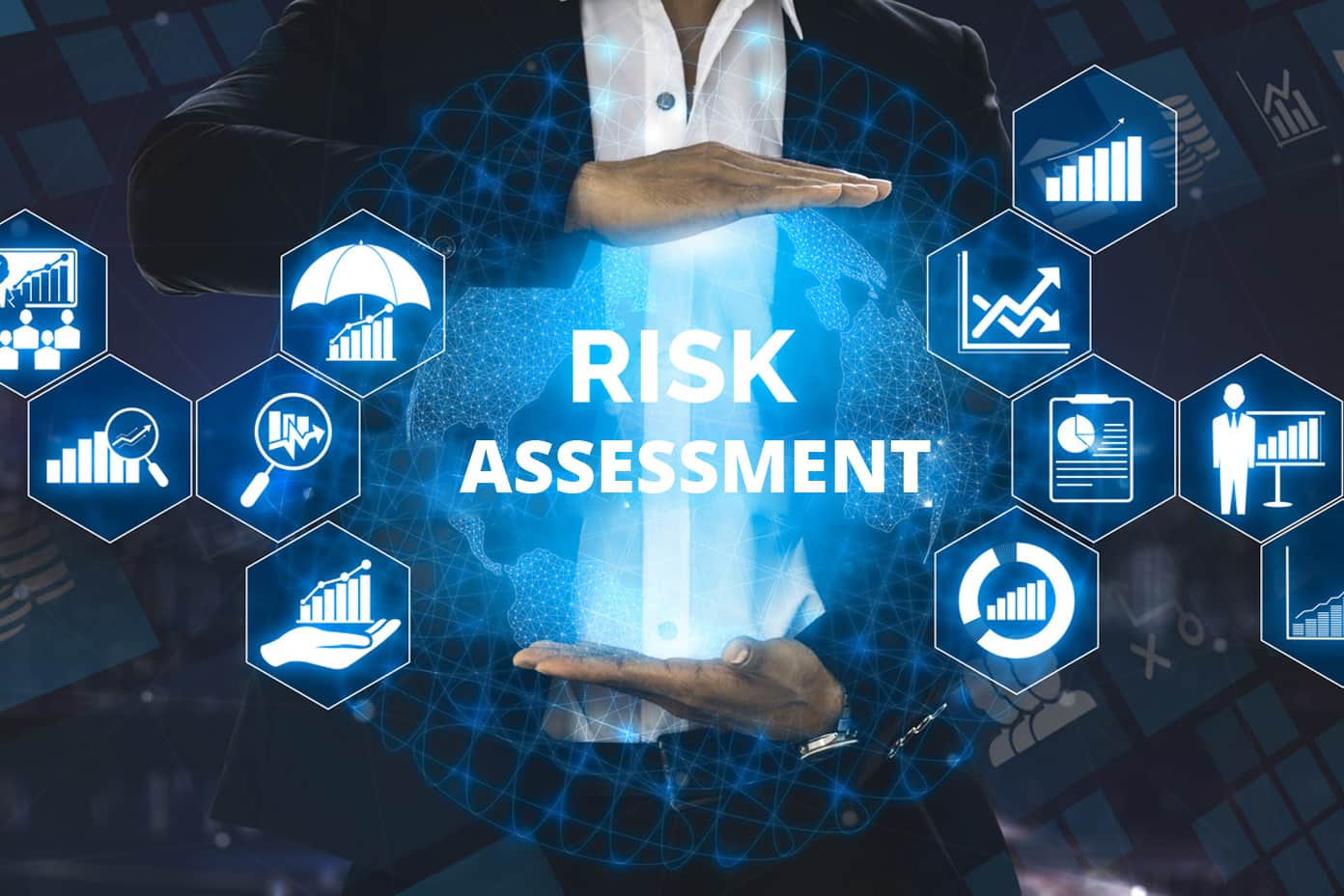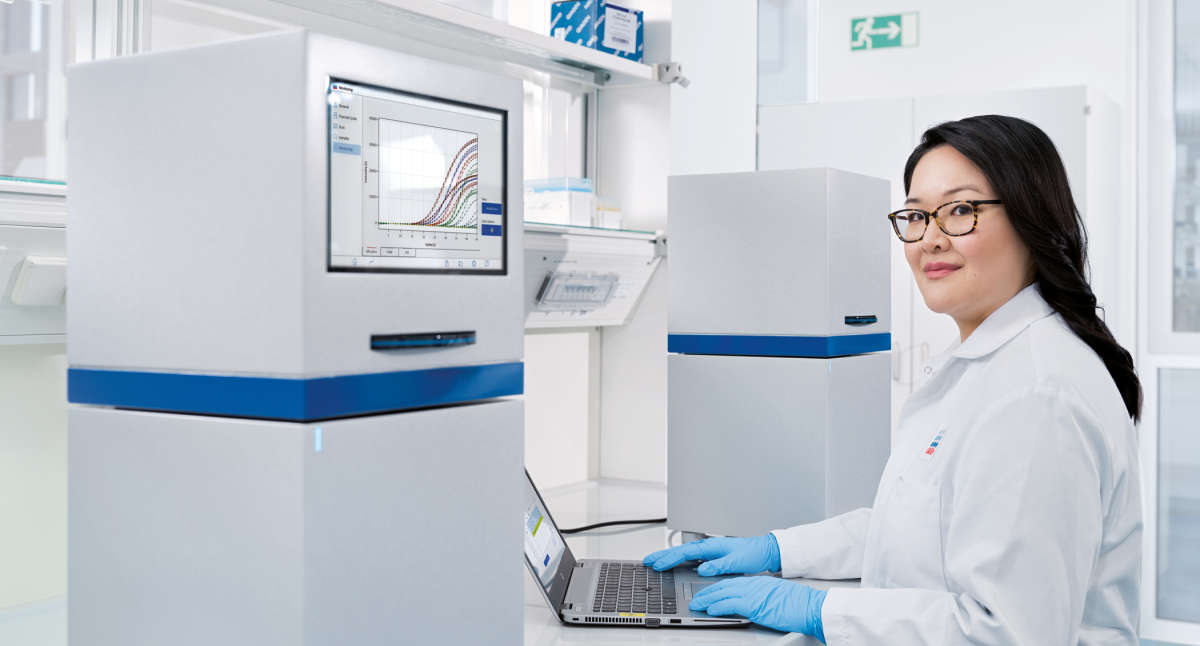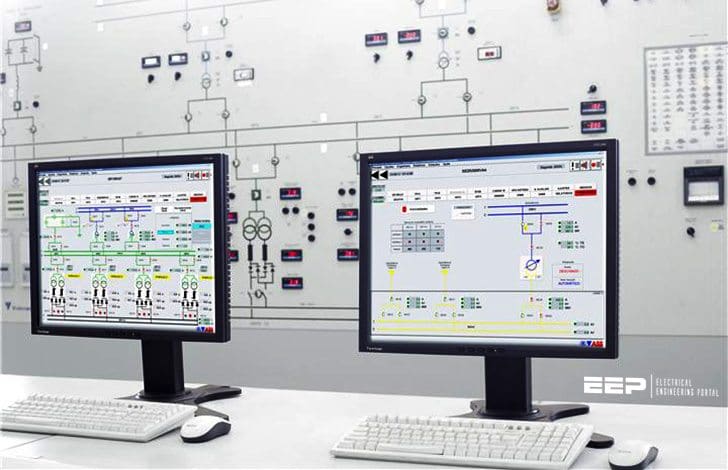Computer System Validation Flow
-------------
CSV (Computer System Validation) is a critical process in the pharmaceutical industry to ensure the reliability, integrity, and compliance of computer systems used in various operations. Here’s an overview of the documentation flow for CSV in the pharma sector:

1. Validation Plan
The first step in the CSV documentation flow is to create a Validation Plan. This document outlines the scope, objectives, and approach for the validation project. It includes details such as system description, regulatory requirements, validation deliverables, and the overall validation strategy.

2. User Requirements Specification (URS)
The User Requirements Specification document defines the functional and non-functional requirements of the computer system. It captures the needs and expectations of system users and stakeholders, such as the pharma company’s personnel, regulators, and quality assurance teams. The URS serves as the basis for system design and validation activities.

3. Risk Assessment (RA)
A risk assessment is conducted to identify and prioritize areas of the computerized system that have the potential to impact data integrity, security, and regulatory compliance. The Risk Assessment(RA) helps determine the level of validation effort required for each component of the system.

4. Functional Specification (FS)
The Functional Specification document describes the detailed functionality of the computer system. It provides a comprehensive overview of how the system should operate, including inputs, outputs, interfaces, and interactions with other systems. The FS ensures that the system meets the user requirements outlined in the URS.

5. Design Specification (DS)
The Design Specification document presents the technical design of the computer system. It includes details such as hardware and software components, system architecture, database structure, network configuration, and security measures. The DS ensures that the system is designed and implemented correctly to meet the intended functionality and performance requirements.

6. Installation Qualification(IQ)
The Installation Qualification phase focuses on verifying that the computer system is installed correctly and in accordance with predefined specifications. The IQ documentation includes installation checklists, test scripts, and evidence of successful installation. It ensures that the system is properly set up and ready for further testing and validation.

7. Operational Qualification (OQ)
During the Operational Qualification phase, the system’s operational functionality is tested. This includes testing individual system components and their interactions to ensure they perform as intended. OQ documentation consists of test protocols, test cases, test results, and any deviations or issues encountered during testing. The OQ phase confirms that the system operates within predefined parameters and meets user requirements.

8. Performance Qualification (PQ)
The Performance Qualification phase focuses on testing the system under simulated or actual operating conditions. PQ verifies that the system performs reliably and consistently, meeting the intended user requirements. Documentation for PQ includes test protocols, test scripts, test data, and performance test results.

9. Validation Summary Report (VSR)
The Validation Summary Report serves as the culmination of the validation process. It summarizes all the validation activities, findings, and conclusions. The VSR provides a comprehensive overview of the validation project, including the system description, validation approach, test results, deviations, and any remediation actions taken. It serves as evidence that the computer system has been thoroughly validated and is ready for use in the pharmaceutical environment.
21 CFR Part 11 Electronic Records and Electronic Signatures
-------------
21 CFR Part 11 is a regulation issued by the U.S. Food and Drug Administration (FDA) that establishes criteria for the use of electronic records and electronic signatures in FDA-regulated industries, including the pharmaceutical sector. A 21 CFR Part 11-based validation ensures that computerized systems used in these industries meet the requirements outlined in the regulation. Here’s an overview of the key elements of a 21 CFR Part 11-based validation approach:

1Scope and Applicability
The validation process begins by identifying the computerized systems that fall within the scope of 21 CFR Part 11. This includes systems involved in the creation, modification, maintenance and archiving of electronic records that are subject to FDA regulations.

2User Requirements Specification (URS)
The User Requirements Specification is developed to define the functional and non-functional requirements of the system. The URS outlines how the system should meet the requirements of 21 CFR Part 11, including aspects such as electronic record management, electronic signature implementation, data integrity, audit trail functionality, and system security.

3Functional Specification (FS)
The Functional Specification document describes the detailed functionality of the system in relation to 21 CFR Part 11 requirements. It translates the user requirements into technical specifications and provides guidance on the implementation of features such as secure user authentication, audit trail generation, and data integrity controls.

4System Configuration and Validation
The computerized system is configured and validated to ensure compliance with the requirements of 21 CFR Part 11. This includes verifying that appropriate security controls are in place, such as user access controls, data encryption and system-level audit trails. The system is tested to ensure it operates as intended and that electronic records and signatures are appropriately managed.

5Electronic Record Management
A key aspect of 21 CFR Part 11-based validation is the establishment of procedures and controls for electronic record management. This includes ensuring the integrity, authenticity and accessibility of electronic records throughout their lifecycle. Validation activities focus on verifying that records are securely stored, protected against unauthorized access or alteration and available for retrieval and review as required.

6Electronic Signature Implementation
The validation process addresses the implementation of electronic signatures within the system. This includes defining the processes and controls for generating, capturing, and verifying electronic signatures. The validation activities ensure that electronic signatures are uniquely linked to the individual are under the sole control of the signer and provide adequate security measures to prevent unauthorized use.

7Audit Trail Functionality
Validation activities also focus on the implementation and testing of audit trail functionality. This includes verifying that the system generates comprehensive and accurate audit trails, capturing all relevant system activities, such as record creation, modification and deletion as well as user actions and system changes. The audit trail is reviewed to ensure it provides an accurate and complete history of system events.

8Documentation and Reporting
Comprehensive documentation is an essential component of a 21 CFR Part 11-based validation. Validation plans, protocols, test scripts, test results, and summary reports should be thoroughly documented to provide evidence of compliance with the regulation. The documentation ensures traceability and facilitates audits and inspections by regulatory authorities.
A 21 CFR Part 11-based validation approach is crucial for pharmaceutical companies to ensure the integrity and compliance of their electronic records and signatures. It ensures that computerized systems meet the specific requirements outlined by the FDA, supporting data integrity, security, and regulatory compliance throughout the system lifecycle.
PLC/HMI/SCADA Validation
-------------
We offer comprehensive PLC/HMI/SCADA validation services to ensure the reliability, compliance and efficiency of your automation systems. Our experienced team follows industry best practices and regulatory guidelines to perform thorough validation activities, including design qualification, installation qualification, operational qualification and performance qualification. With our expertise in PLC/HMI/SCADA validation, we help you meet regulatory requirements and ensure the safe and effective operation of your automated processes.


IT Validation
-------------
Our IT validation services focus on validating the computer systems and software applications used in quality control processes. We understand the critical role that IT systems play in maintaining the integrity and compliance of your quality control operations. Our team conducts meticulous validation activities, including risk assessments, requirements definition, test script development, and validation testing. With our IT validation expertise, we help you ensure the accuracy, reliability, and security of your quality control data and processes.
Analytical Systems Validation
-------------
Accurate and reliable measurement instruments are essential for quality control in the pharmaceutical industry. Our QC system validation services cover a wide range of instruments used in laboratory testing, including spectrophotometers, chromatographs, balances, and pH meters. We perform comprehensive system validation, including calibration verification, accuracy testing, precision testing, and system suitability testing. Our goal is to ensure that your QC system provide accurate and traceable results, supporting your quality control efforts.
Laboratory System Software Qualification
- Preparation of validation plan.
- Laboratory Information Management System (LIMS) validation.
- Custom Database and spreadsheet development and validation.
- HPLC, GC, SAS software, Chem Station, WinNonlin, Volunteer Database Software, LCMS and other Chromatography equipment software validation, including configuration and validation of network data systems.
- Development of requirement specifications, documentation, traceability matrix and other GAMP documentation.
Software Validation
-------------
In today’s digital era, software plays a critical role in various pharmaceutical processes. Our software validation services ensure that your software applications, including laboratory information management systems (LIMS), data analysis tools, and document management systems, meet regulatory requirements and perform as intended. We follow a systematic approach, including software requirements definition, risk assessment, test case development, and validation testing, to validate the functionality, data integrity and security of your software systems.


Business Process Validation (ERP)
-------------
Our business systems software validation methodology based on GAMP principles integrates the business processes with the validation process. Our risk-based approach is a systematic and well-documented methodology for validation of ERP systems based on our vast experience.
- Business information management systems (IT)
- Enterprise resource planning systems (ERP)
- Materials requirements planning systems (MRP)
- Manufacturing resource planning systems (MRP)
- Customer relationship management systems (CRM)
- Clinical trial management systems (CTM)
- Document management systems (DMS)
- Supply chain management systems
- Production management systems
- IT Infrastructure validation (Network systems)
Tangent has proficiency in validation of ERP systems of SAP, J D Edwards, Oracle, custom systems such as proprietary in-house developed systems as well as others.


